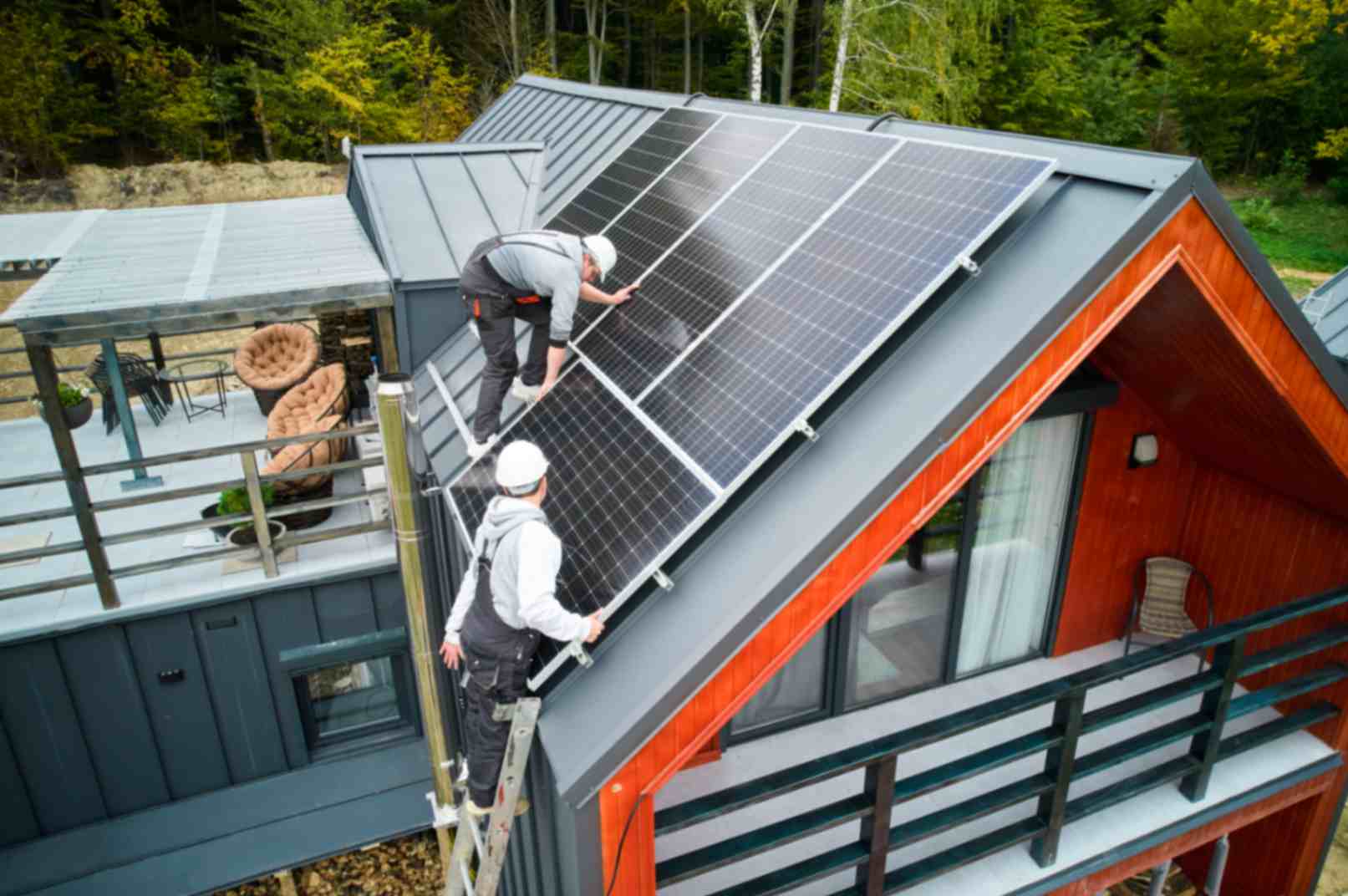New ultrasonic device slashes sea sand salinity to 0.04% for safe construction use
The construction industry worldwide faces a growing shortage of river sand, a critical material for building roads, bridges, and harbors.
As river sand becomes increasingly restricted due to environmental regulations and overextraction, builders are turning to sea sand as an alternative.
However, sea sand contains high levels of salt, which can corrode steel rebar in reinforced concrete, threatening the longevity and safety of structures. Removing this salt efficiently has remained a significant challenge for engineers.
Addressing this issue, the Korea Institute of Ocean Science & Technology (KIOST) has developed an ultrasonic washing device that removes salt from sea sand effectively.
Researchers say the technology not only conserves water but also ensures construction materials meet strict safety standards.
Salt removal critical for construction
Desalination of sea sand is essential because residual salt accelerates corrosion of steel reinforcements in concrete. Corroded steel weakens structures and can lead to premature failure, creating both safety hazards and economic costs.
The Ministry of Land, Infrastructure and Transport recommends a maximum salt content of 0.04% for sea sand used as aggregate in construction.
Traditional desalination methods involve washing sand with large amounts of water, typically requiring around four tons of water to process one ton of sand. These processes are slow, inefficient, and unsustainable in areas facing water scarcity.
Dr. Gil-Lim Yoon of KIOST’s Ocean Space Development and Energy Research Department designed the ultrasonic desalination device to overcome these limitations.
Its main technical features include cavitation-driven washing, strong particle clearance from bubble collapse, enhanced penetration, and non-contact cleansing using ultrasonic energy.
The ultrasonic device works even in confined spaces, providing precise and rapid desalination. The process mixes sea sand with water at a 1:2 ratio and applies ultrasonic waves of 300W or higher for three minutes.
Tests show this method reduces the salt concentration in sea sand to 0.04% or below, meeting construction safety standards.
 Washing process of sea sand using the ultrasonic equipment. Credit - Scientific Reports
Washing process of sea sand using the ultrasonic equipment. Credit - Scientific ReportsPractical and economic benefits
KIOST President Hyi Seung Lee emphasized the innovation’s broader impact. “This research is significant because it offers an innovative solution to the global shortage of river sand while ensuring structural integrity and economic feasibility,” he said. Lee added that KIOST plans to advance the technology further to enable faster processing of larger volumes of sea sand.
By reducing water usage and accelerating desalination, the ultrasonic device offers an environmentally sustainable and economically viable alternative to traditional sand washing.
Experts note that using properly desalinated sea sand can extend the life of concrete structures and improve overall safety.
With growing global demand for infrastructure and sustainable construction practices, KIOST’s ultrasonic desalination technology could become a critical tool for meeting both environmental and material requirements.
As urban development continues worldwide, innovations like this may provide a pathway for safer, more efficient, and resource-conscious construction, while easing the pressure on dwindling river sand supplies.
The research and validation results have been published in Scientific Reports, demonstrating the method’s effectiveness under controlled conditions.














